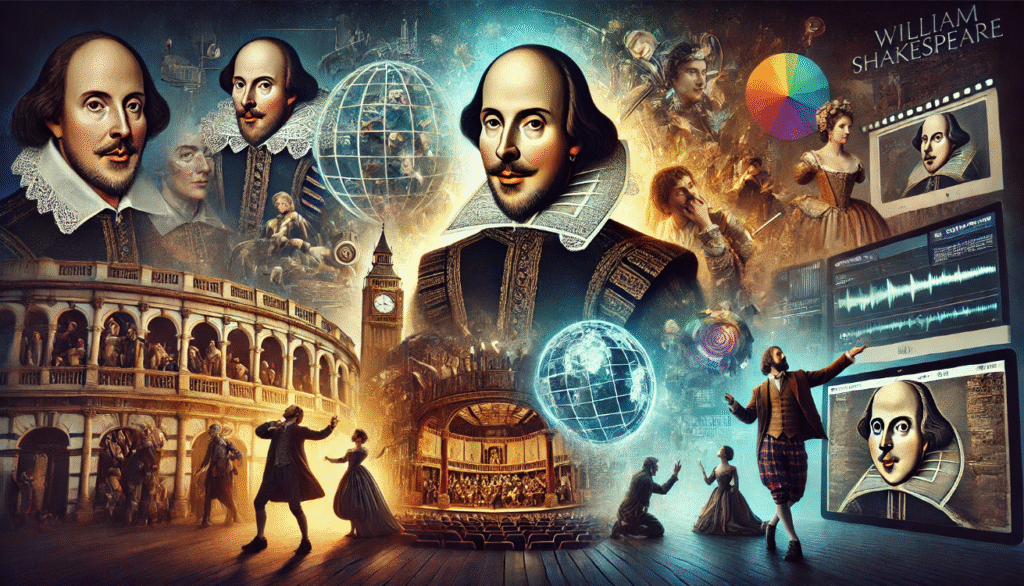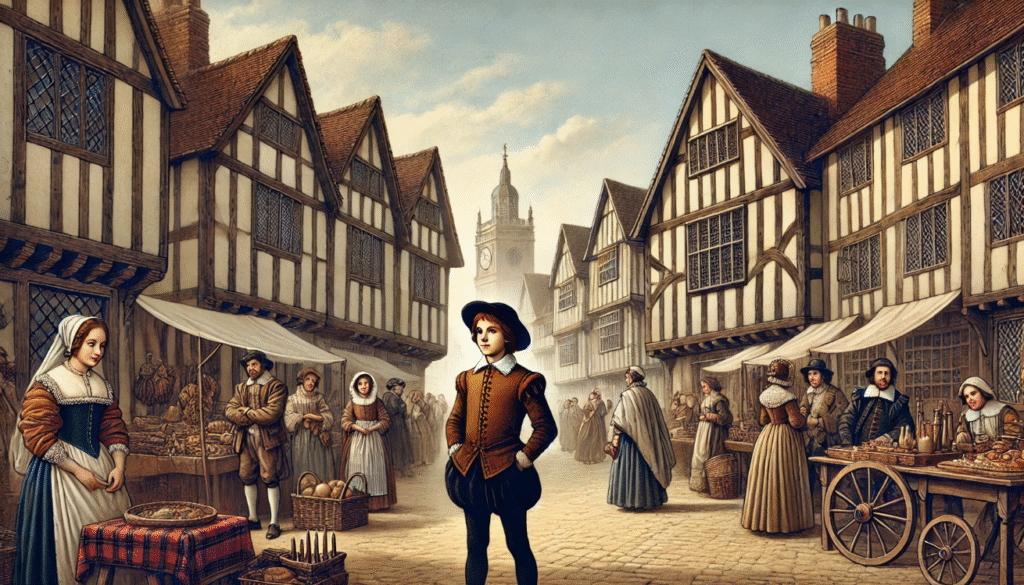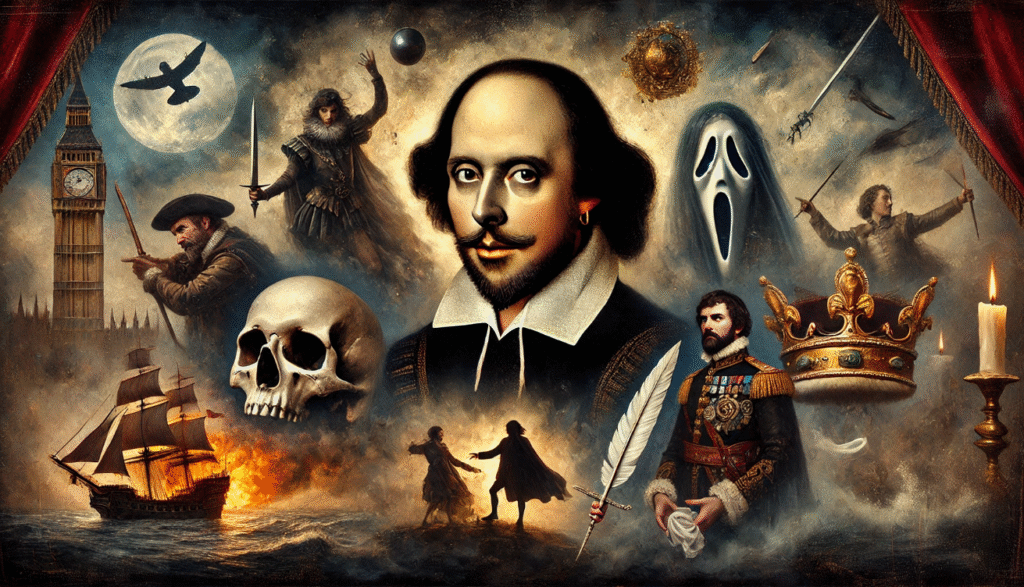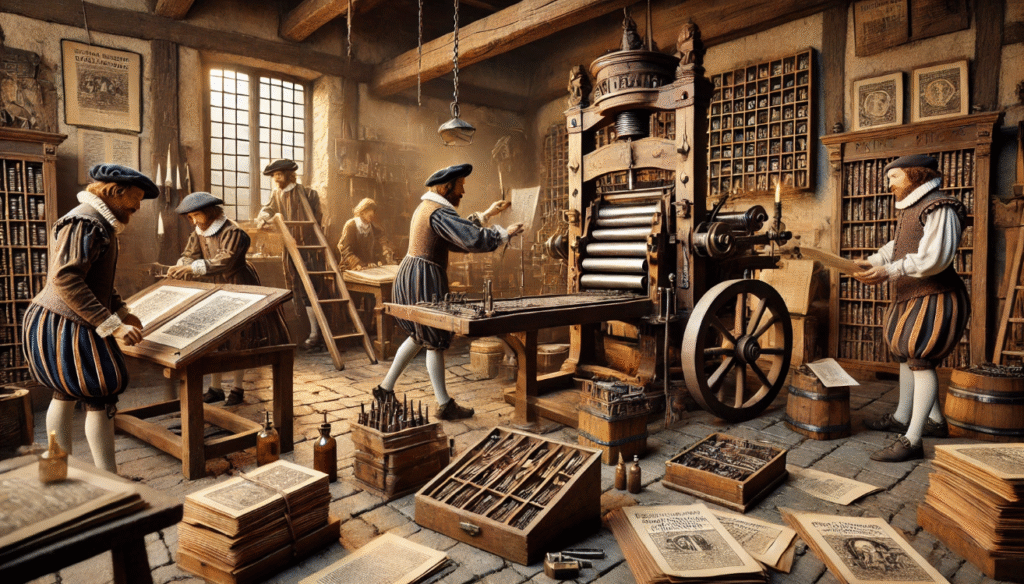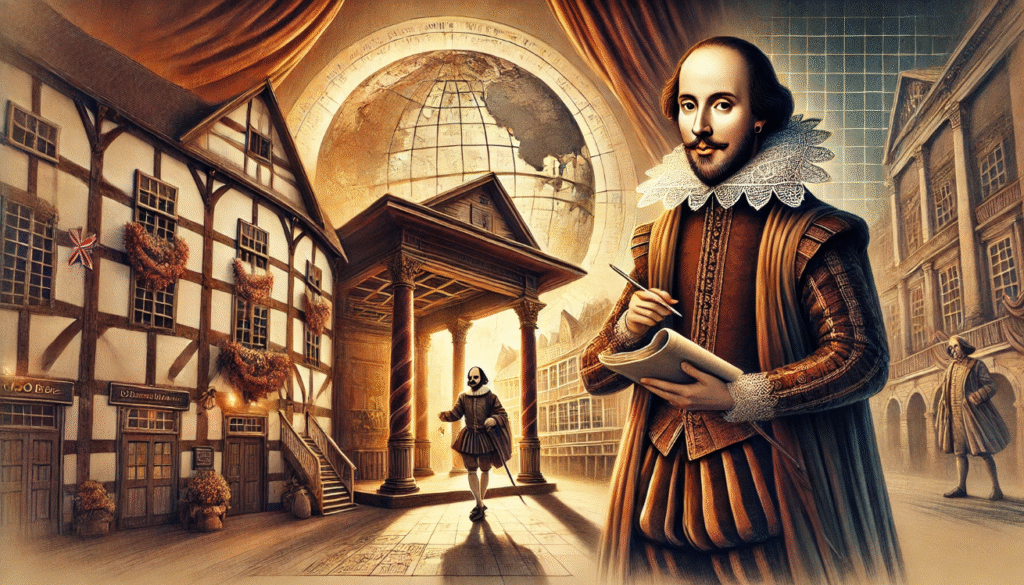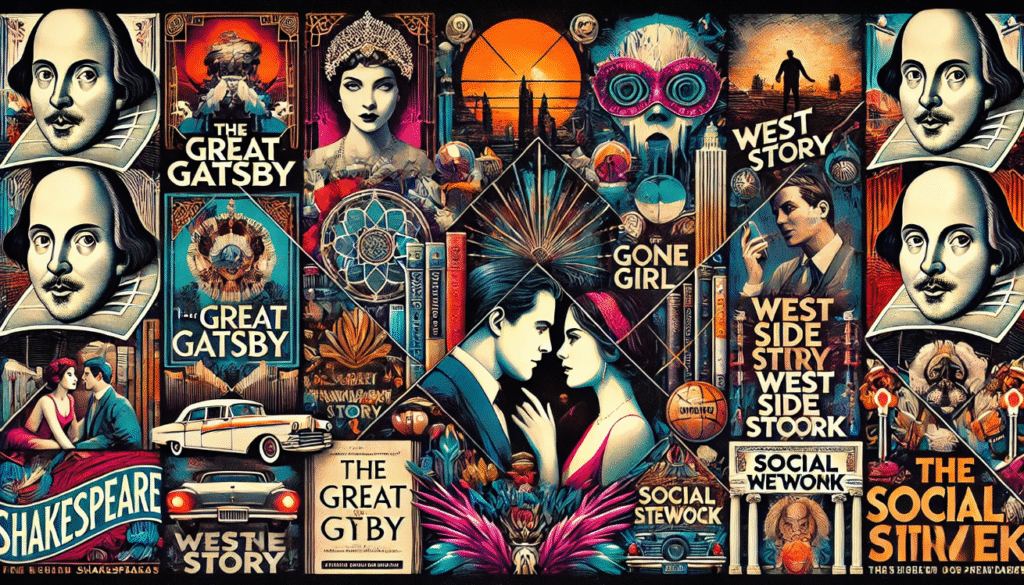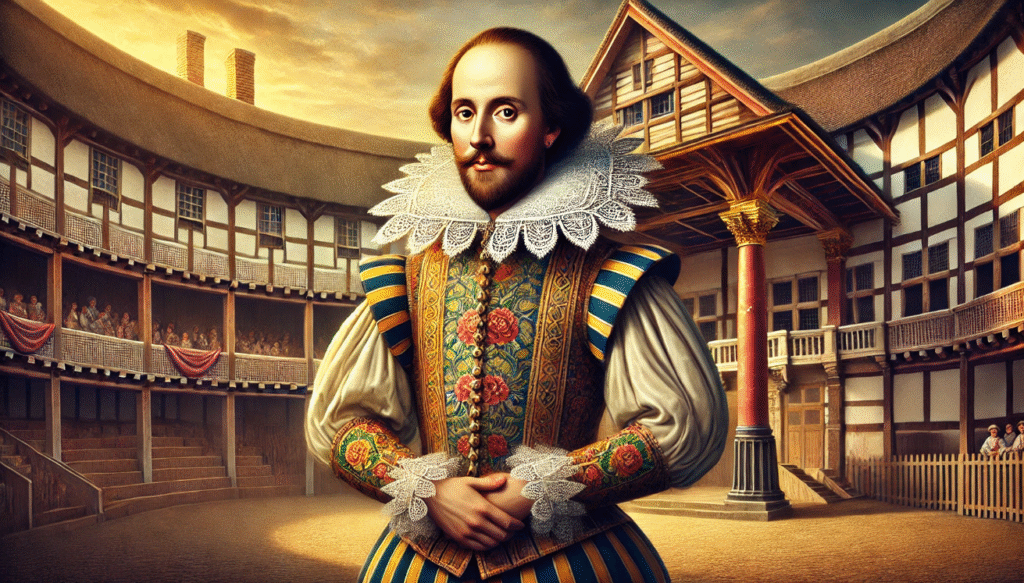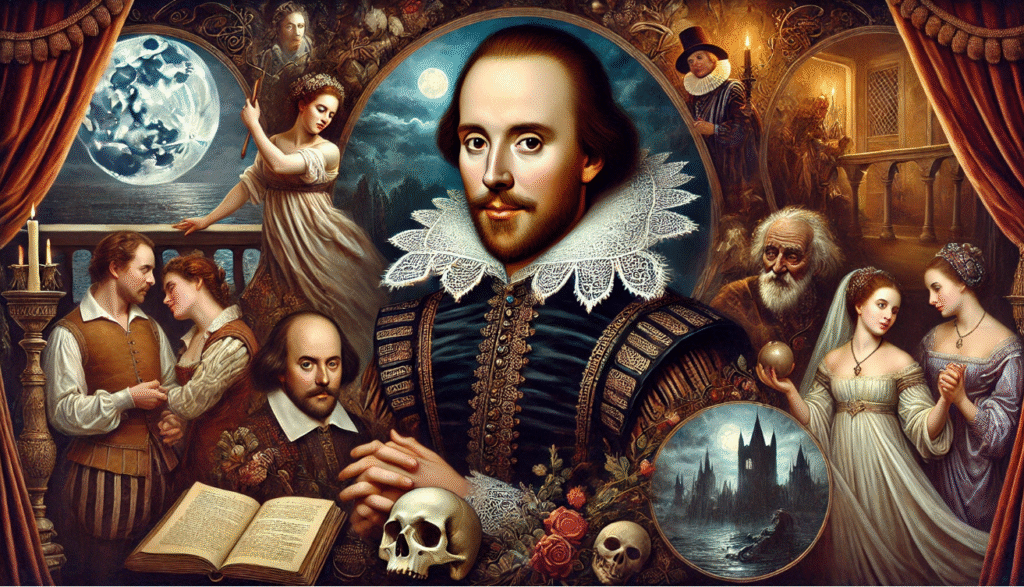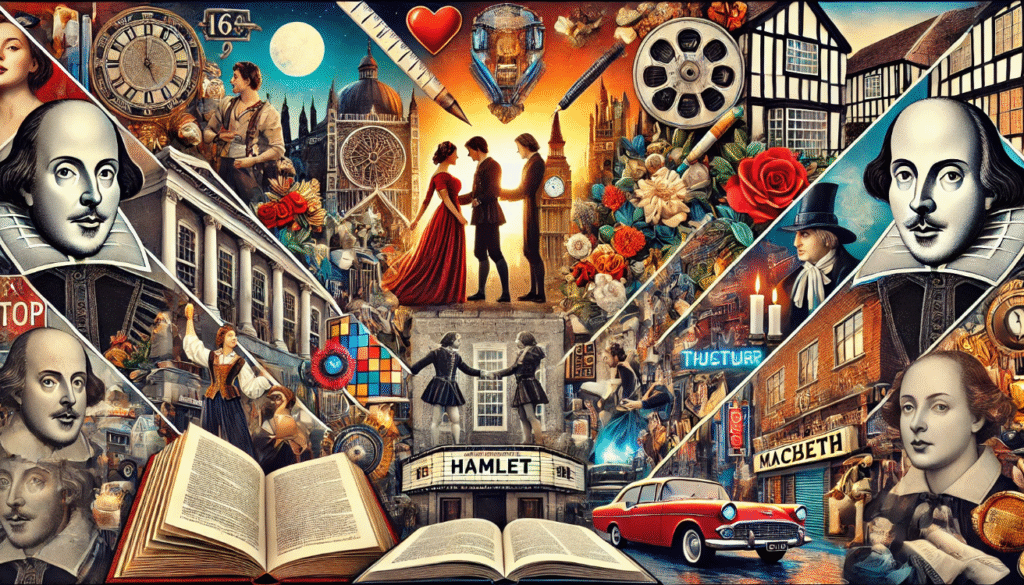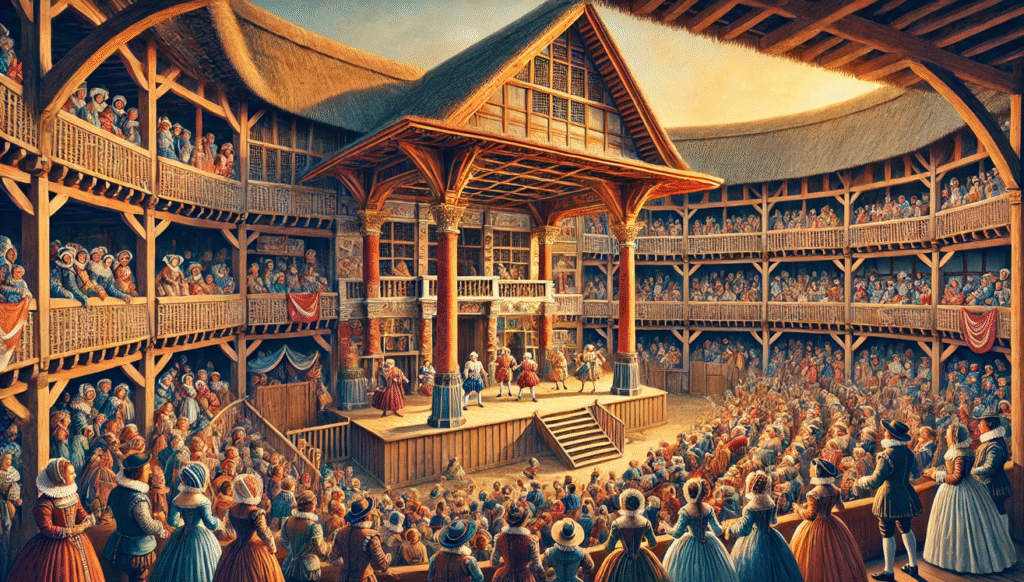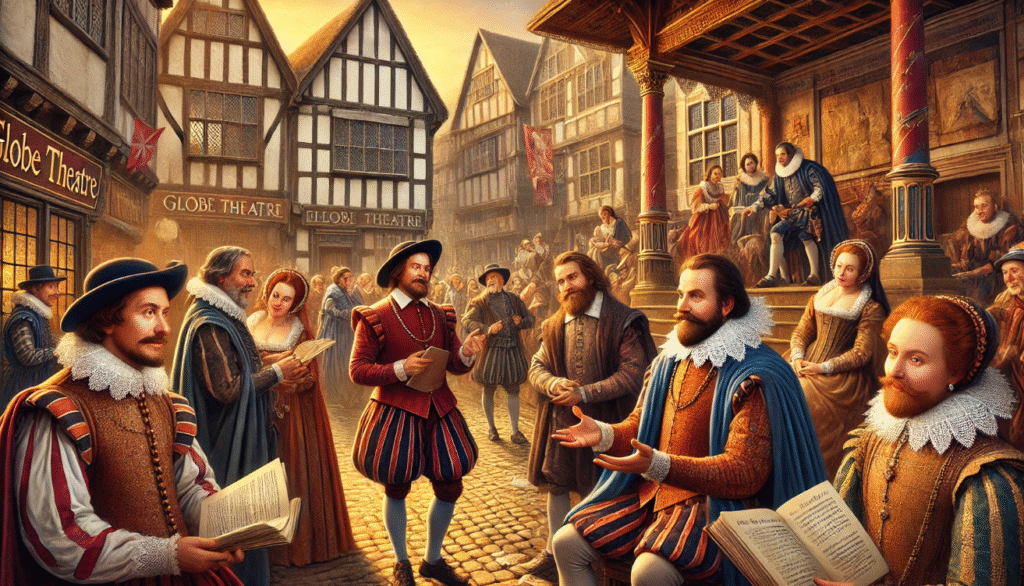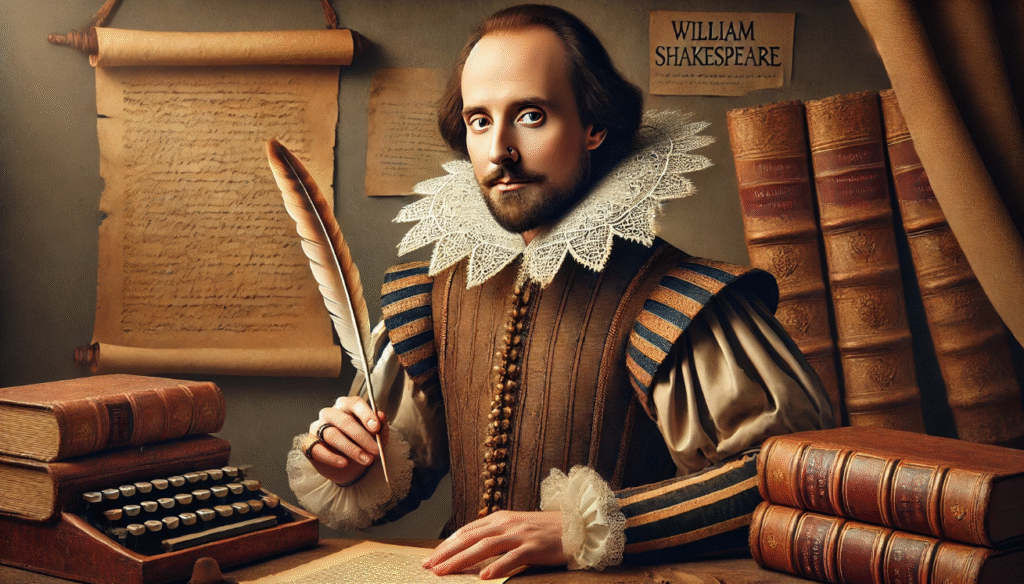 From the bustling streets of Elizabethan London to today’s global stages and streaming platforms, the transformation of Shakespeare’s works over time reveals a legacy that has not only endured but continuously evolved. How did a The transformation of Shakespeare’s works over time from the 16th century manage to stay relevant across centuries, cultures, and technologies? This article explores the transformation of Shakespeare’s works over time fascinating journey of Shakespeare’s plays — how they’ve been adapted, reimagined, and embraced by each new generation. Whether you’re a student, teacher, or curious reader, you’ll discover how Shakespeare’s words continue to shape storytelling, spark dialogue, and connect us to the depth of human experience.
From the bustling streets of Elizabethan London to today’s global stages and streaming platforms, the transformation of Shakespeare’s works over time reveals a legacy that has not only endured but continuously evolved. How did a The transformation of Shakespeare’s works over time from the 16th century manage to stay relevant across centuries, cultures, and technologies? This article explores the transformation of Shakespeare’s works over time fascinating journey of Shakespeare’s plays — how they’ve been adapted, reimagined, and embraced by each new generation. Whether you’re a student, teacher, or curious reader, you’ll discover how Shakespeare’s words continue to shape storytelling, spark dialogue, and connect us to the depth of human experience.
Shakespeare in His Own Time: The Original Impact

To understand the transformation of Shakespeare’s works over time, we must first look at how his plays were received in his own era.
In late 16th and early 17th-century England, Shakespeare was both popular and respected. His works were performed at places like the Globe Theatre, where audiences from all walks of life—nobles and commoners alike—gathered to watch his stories unfold. The transformation of Shakespeare’s works over time language, filled with clever wordplay and emotional depth, made his plays both entertaining and thought-provoking.
The transformation of Shakespeare’s works over time themes—love, ambition, betrayal, power—spoke directly to human nature. This universal appeal is what made his plays resonate so strongly, even during his lifetime. He wrote for the stage, not the page, and his dialogue was meant to be heard, not just read.
What made Shakespeare stand out was his ability to blend drama with poetry, humor with tragedy, and personal conflict with big ideas. Audiences didn’t just watch his characters—they saw themselves in them.
These early performances laid the foundation for his lasting influence. Even then, it was clear: Shakespeare’s voice captured something timeless.
The 17th and 18th Centuries: Early Adaptations and Preservation

As we trace the transformation of Shakespeare’s works over time, the 17th and 18th centuries reveal how his plays survived and began to shift.
After Shakespeare’s death in 1616, his fellow actors published the First Folio in 1623. This collection preserved 36 of his plays—many of which might have been lost without it. It was a key moment in protecting his legacy.
But Shakespeare’s works didn’t remain untouched. In the Restoration period, playwrights adapted his plays to fit new tastes. For example, Nahum Tate’s version of “King Lear” gave the tragedy a happy ending. These changes may seem strange today, but they reflected the era’s preference for clarity, order, and moral resolution.
In the 18th century, Shakespeare’s status grew. Critics and scholars began to see him as England’s greatest writer. Editors like Samuel Johnson helped refine and explain his texts, making them more accessible to new readers and audiences.
This period was all about preservation and transformation—keeping Shakespeare alive while reshaping his work to fit the changing cultural mood.
The 19th Century: Romanticism and Shakespearean Idealism

During the 19th century, the transformation of Shakespeare’s works over time took on a new shape—one of admiration and idealism. This era, driven by the Romantic movement, saw Shakespeare not just as a playwright, but as a literary genius.
Romantic poets and thinkers like Samuel Taylor Coleridge and William Hazlitt praised Shakespeare for his deep understanding of human emotion and imagination. They saw his characters—like Hamlet and Macbeth—as complex, emotional beings, not just dramatic figures.
This period also marked the global spread of his works. Shakespeare was translated into many languages and performed across Europe and North America. His plays were seen as timeless and universal, making him a cultural icon.
Theatre productions became more elaborate. Famous actors like Edmund Kean and Sarah Bernhardt brought Shakespeare’s characters to life with powerful emotion and dramatic flair. Performances focused on beauty, passion, and poetic delivery.
In short, the 19th century turned Shakespeare into a symbol of artistic greatness. His plays weren’t just entertainment—they were celebrated as high art.
The 20th Century: Modernism, War, and New Interpretations

In the 20th century, the transformation of Shakespeare’s works over time accelerated as the world changed rapidly. His plays were reimagined to reflect modern ideas, conflicts, and artistic styles.
During both World Wars, Shakespeare’s works provided comfort and meaning. Themes like power, loss, and identity resonated with audiences living through global conflict. His plays were performed for soldiers, civilians, and even in prisoner-of-war camps.
Modernist directors began exploring new ways to stage his works. Productions focused more on character psychology, abstract settings, and minimalist design. Directors like Peter Brook stripped down the spectacle to focus on raw human emotion.
Shakespeare also made a major impact on film. Orson Welles, Laurence Olivier, and Akira Kurosawa adapted his plays into powerful movies that reached global audiences. These films made Shakespeare more accessible and showed how his stories could fit into any culture or era.
This century proved that Shakespeare’s plays could evolve with the times. Each interpretation revealed something new—about the world and about ourselves.
The 21st Century: Globalization and Digital Transformation

In the 21st century, the transformation of Shakespeare’s works over time continues through globalization and digital innovation. His plays are now more accessible than ever—on screens, in classrooms, and across continents.
Thanks to the internet and streaming platforms, people can watch Shakespeare performed live from the Globe Theatre or in modern film adaptations from anywhere in the world. This has brought his work to new audiences who might never set foot in a theater.
Globalization has also led to diverse interpretations. Shakespeare is now performed in multiple languages and cultural styles—from Bollywood-inspired versions to African, Asian, and Latin American retellings. These fresh perspectives highlight the universal themes in his plays.
Digital tools like virtual reality, social media, and online learning have made studying Shakespeare more interactive. Students can explore his works through games, apps, and live-streamed discussions, keeping his legacy alive in the digital age.
In short, technology and cultural exchange have given Shakespeare a global voice—proving his stories still matter in today’s fast-changing world.
Key Reasons for the Enduring Transformation

What makes Shakespeare’s works continue to transform and remain relevant through the ages? Here are the key reasons for their enduring power:
Universal Themes: Shakespeare explored emotions and situations—love, power, betrayal, ambition—that are timeless and relatable across cultures and eras. These themes connect deeply with audiences, making his works ever-relevant.
Language Flexibility: Shakespeare’s language, though rich and poetic, is adaptable. It invites reinterpretation, which allows modern audiences to find new meanings in his words and adapt them to contemporary contexts.
Complex Characters: His characters are multi-dimensional and explore the complexities of human nature. Figures like Hamlet, Lady Macbeth, and Othello feel as real today as they did centuries ago, making them endlessly fascinating and adaptable.
Cultural Mirror: Shakespeare’s plays serve as a mirror to society, reflecting the issues and values of the time. As society evolves, so too do the ways in which his works can comment on new issues like social justice, gender, and identity.
Endless Adaptations: Whether on stage, in film, or through literature, Shakespeare’s stories are constantly reimagined. His work lends itself to creative reinterpretations—whether through gender-swapped roles, modernized settings, or new cultural lenses.
Shakespeare’s works endure because they tap into universal truths, remain flexible to adaptation, and continue to offer insights into the human experience.
Practical Insights for Readers

To fully appreciate the transformation of Shakespeare’s works over time, here are a few practical insights that will enhance your experience and understanding:
Embrace Adaptations: Don’t just stick to the traditional versions. Explore modern adaptations in film, theater, and literature. Whether it’s a contemporary retelling or a cultural spin, these adaptations help you see how Shakespeare’s themes transcend time and place.
Understand the Context: Before diving into a play, consider the historical and cultural context in which it was written. Understanding Elizabethan society and Shakespeare’s life can deepen your appreciation of his characters and themes.
Engage with Different Interpretations: Watch different productions of the same play. Each director and actor brings their unique vision, allowing you to see the play in a new light. The same play can feel completely different depending on how it’s staged.
Focus on the Characters: Shakespeare’s characters are what make his plays timeless. Pay attention to their motivations, struggles, and relationships. They offer rich insights into human nature, which still resonate today.
Participate in Discussions: Shakespeare’s works thrive in discussion. Engage with others—whether in a classroom, a book club, or an online forum. Sharing different interpretations and thoughts can lead to new discoveries and a deeper connection with his plays.
By keeping these insights in mind, you’ll gain a deeper understanding of why Shakespeare’s works continue to transform and remain relevant to audiences worldwide.

The transformation of Shakespeare’s works over time showcases their enduring relevance and adaptability. From his initial impact in the 16th century to their modern interpretations across the globe, Shakespeare’s plays continue to evolve, resonate, and inspire. The universal themes he explored, combined with his complex characters and poetic language, ensure that his legacy endures across generations and cultures.
As we’ve seen, Shakespeare’s works have been reinterpreted through various historical periods, from early adaptations in the 17th and 18th centuries to bold modern reinventions in the digital age. Whether performed on stage, reimagined in film, or explored in classrooms, his works remain a mirror to society, offering insights into the human experience that are just as meaningful today as they were centuries ago. By engaging with these adaptations and understanding the historical context, readers and audiences can continue to connect with Shakespeare’s brilliance, ensuring his timeless influence in the world of literature and beyond.

